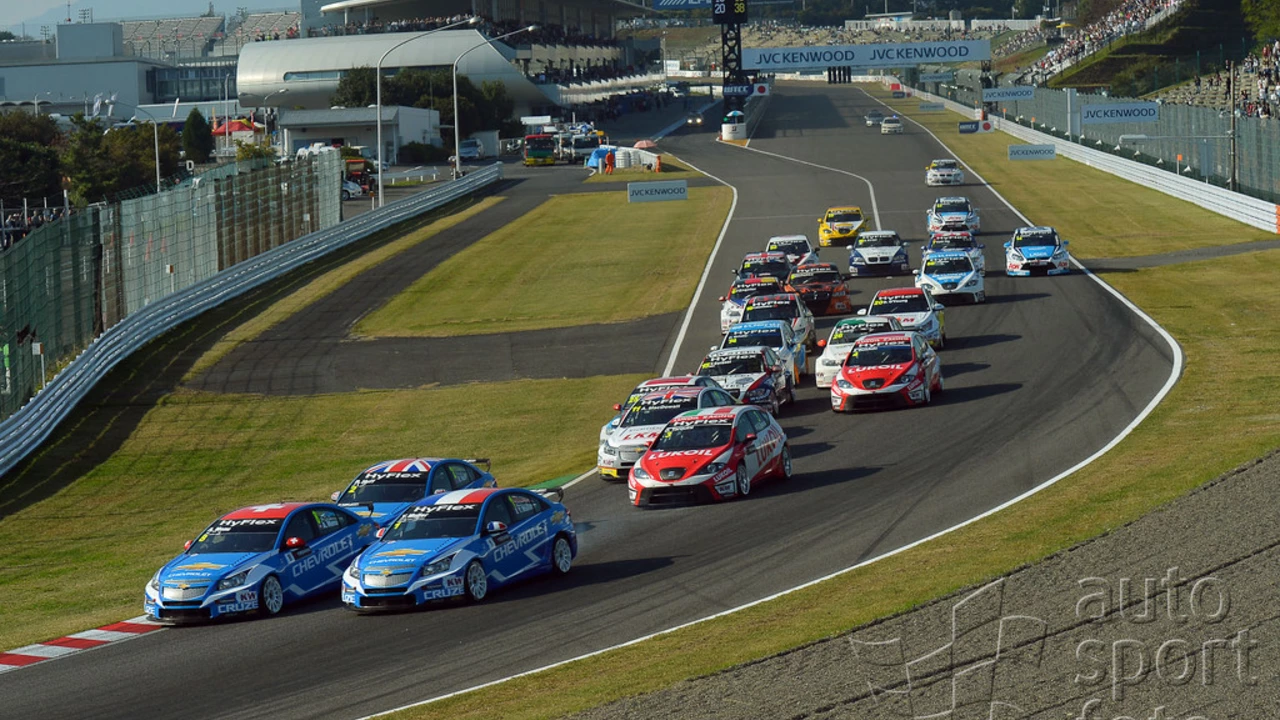Racing Car Positioning: Why Low Height and Smart Track Placement Boost Performance
When you think about a race car, the first thing you notice is how close it sits to the ground. That low stance isn’t just for looks – it’s a core part of positioning the car for speed and control. In this guide we’ll break down why a low height matters, how aerodynamics fit in, and what simple steps you can take to position your car correctly on the track.
Why Low Height Matters
A low car lowers the center of gravity. The lower the center, the less the car rolls when you hit a corner, which means you stay on the racing line longer and lose less speed. It also reduces the amount of air that hits the car’s side, cutting drag and letting the engine push harder. In short, a short car stays stable, goes faster, and uses fuel more efficiently.
Most top‑level series, from Formula 1 to NASCAR, set strict height limits for a reason. The rules force teams to find clever ways to keep the chassis low while still fitting the engine, suspension and safety cell. Materials like carbon fiber keep weight down without adding bulk, so the car can stay light and low at the same time.
How to Position Your Car on the Track
Positioning isn’t just about the car’s height; it’s also about where you place it on the track. The ideal line is the fastest path through a corner, usually the inside edge at the apex followed by a smooth exit. Hitting that line consistently keeps the car balanced and lets the tires work in their sweet spot.
Start by looking at the braking zone. Brake in a straight line, then turn in as you release the brakes. This “trail braking” helps shift weight to the front wheels, improving grip. Once you’re at the apex, aim to keep the steering angle as shallow as possible – the less you turn, the less tire slip you create.
Don’t forget the surface. Different track materials affect grip. A smooth asphalt gives consistent traction, while a rougher surface can wear tires faster. Adjust your line if you notice a patch that’s sliding more than the rest – sometimes a slightly wider line keeps you quicker overall.
Finally, keep an eye on weight distribution. A car with too much rear weight will oversteer, while too much front weight leads to understeer. Small changes, like moving the battery slightly forward or adjusting the fuel tank position, can shift balance and improve how the car responds to your inputs.
Putting these ideas together – low height, aerodynamic shape, and precise track positioning – creates a package that slices through air, sticks to the road, and lets you drive faster lap after lap.
So, next time you prep a car for a race, start with the basics: keep the chassis low, fine‑tune your weight balance, and practice the perfect line. Those simple steps add up to big gains on the track.

Why are cars put behind one another at the start of a race?
Alright folks, let's talk racing, and no, not the one where you're late for work! Ever wondered why cars are lined up one after the other at the start of a race? It's not because they're playing follow the leader, it's actually for safety and fairness. It ensures every driver has an equal opportunity to gun it when the flag drops. So, next time you're stuck in traffic, remember, it's not a race...or is it? Buckle up and keep smiling, it's all part of life's great race!
- Sports (5)
- Entertainment (4)
- Sports & Recreation (3)
- Motorsport (2)
- Automotive Racing (1)
- Free Computer Games (1)
- Drag Racing Tips and Strategies (1)
- Biography Websites (1)
- Gaming and Racing Simulation (1)
- Automotive & Racing (1)
-
As an Indian how can I join in a formula 1 racing team?
8 Feb 2023 -
Sex Worker Rights Are Slut Rights Are Your Rights
2 Dec 2025 -
Panamá se clasifica directamente al Mundial 2026; El Salvador y Guatemala quedan eliminados
20 Nov 2025 -
Eberechi Eze's Historic Hat-Trick Propels Arsenal to 4-1 Derby Win Over Tottenham
24 Nov 2025 -
Why are cars put behind one another at the start of a race?
31 Jul 2023
31.07.23
Caden Lockhart
0